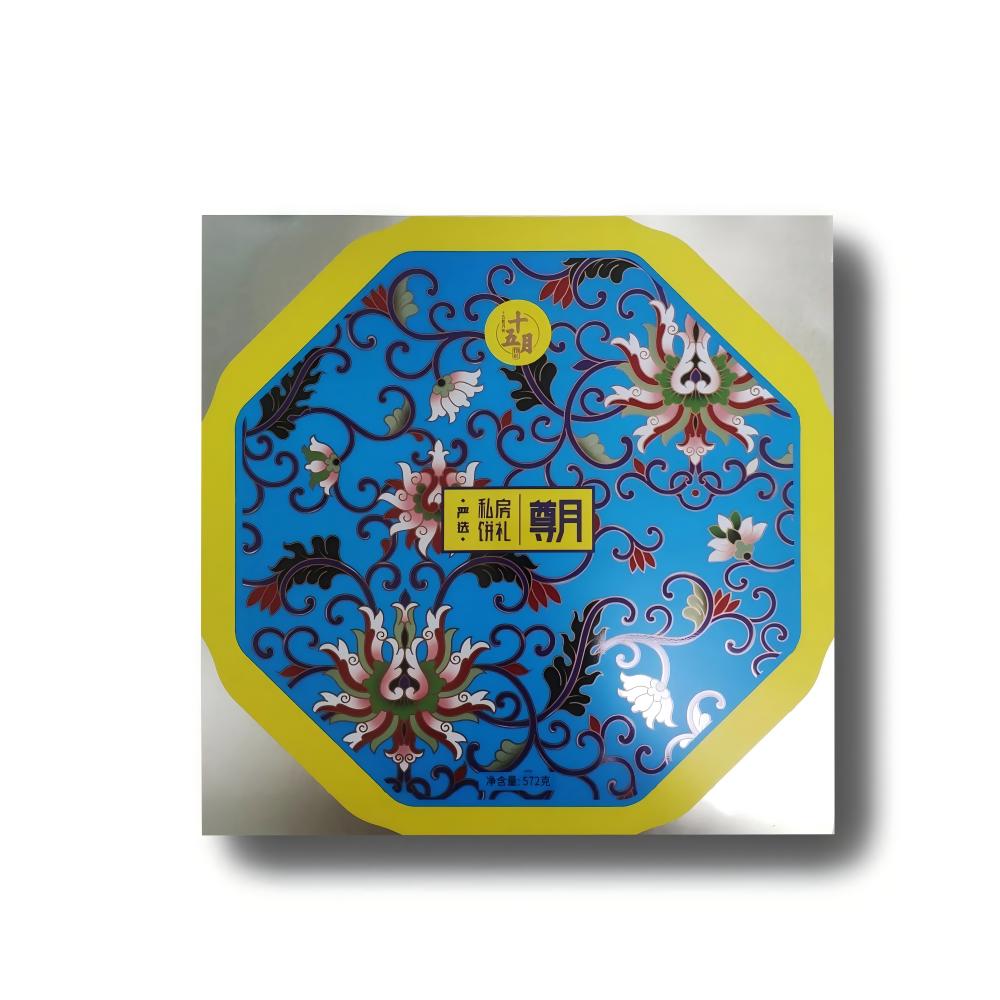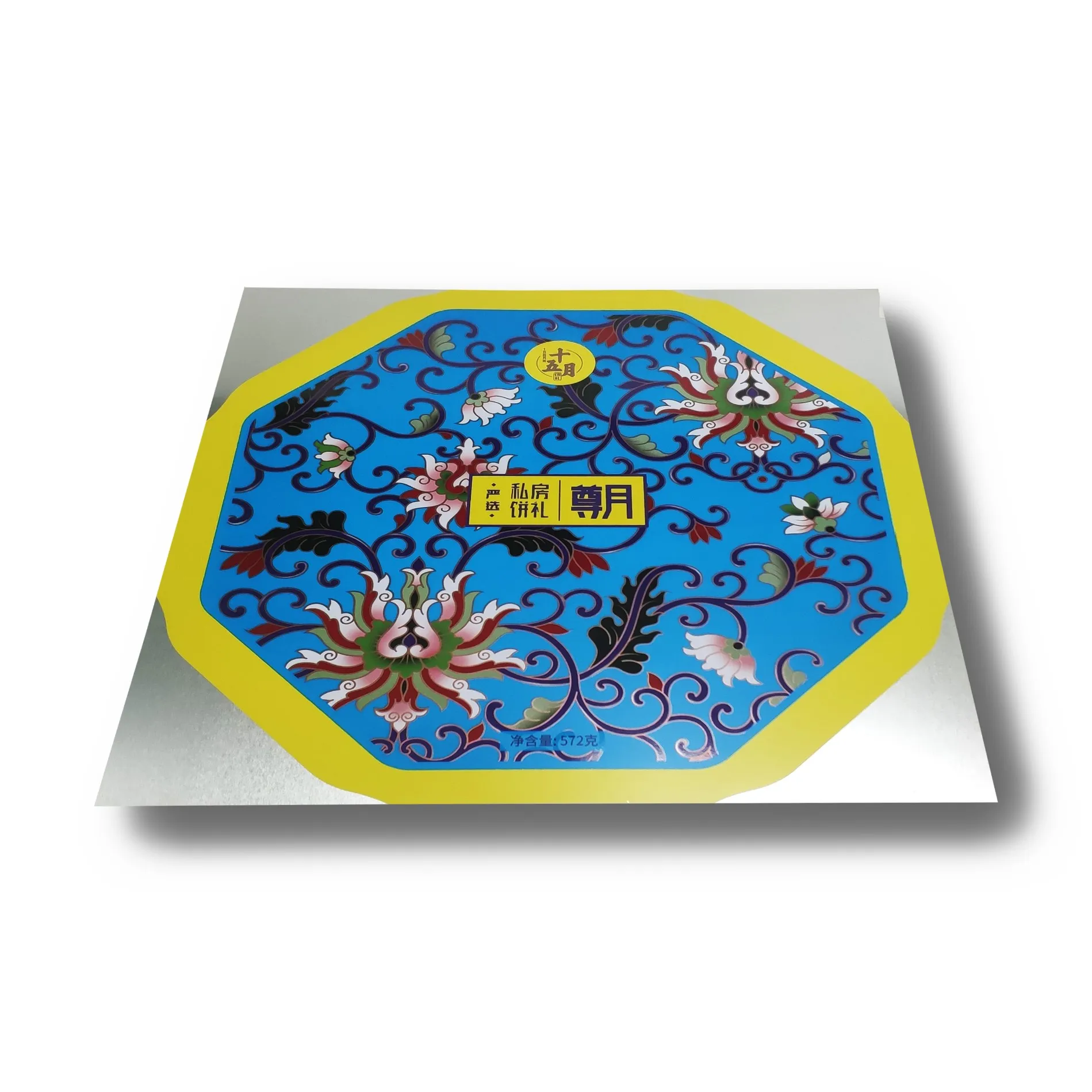Electrolytic tinplate is an important technical process in the field of metal processing and recycling. Through the electrolytic method, the metal components in tinplate can be effectively separated, especially the separation of the tin layer and the iron substrate. The application range of this process is very wide, including recycling, electroplating, surface treatment and other industries.
This article will explore the working principle of electrolytic tinplate sheet in depth, reveal its important role in industry, and analyze its main uses and practical value.

What is the principle of electrolytic tinplate?
Before understanding the use of electrolytic tinplate, we must first understand its basic principles. Tinplate is a composite material with a layer of tin on the surface of steel, usually composed of a low-carbon steel substrate and a surface tin layer. The presence of the tin layer gives tinplate excellent corrosion resistance, making it widely used in the manufacture of food cans, beverage cans and other packaging containers.
However, when it is necessary to separate the components of tinplate, electrolysis is a very effective means. The core principle of electrolytic tinplate sheet is to apply direct current in a specific electrolyte through an electrochemical reaction to separate the tin layer from the steel substrate. This process usually involves two electrodes: an anode and a cathode. When direct current passes through the electrolyte, the tin on the anode (usually tinplate) is oxidized into tin ions that dissolve into the electrolyte, while the steel substrate is not affected. The tin ions are reduced to metallic tin at the cathode, thereby separating tin from iron.
The main purpose of electrolytic tinplate sheet is to extract metallic tin and recycle reusable iron substrates to maximize resource utilization. This process not only makes important contributions to environmental protection and resource recycling, but is also widely used in the fields of metal product processing and surface treatment.

What is the use of electrolytic tinplate?
The main uses of electrolytic tinplate:
1. Recycling and purification of metallic tin
2. Recycling and reuse of iron substrates
3. Providing high-quality surface treatment processes
4. Environmentally friendly treatment of waste tinplate
5. Application in metal recycling
6. Reducing energy consumption
7. Producing high-purity tin products
8. Prolonging resource life and reducing mineral mining
Recycling and purification of metallic tin
One of the main characteristics of tinplate is that its surface is coated with a thin layer of tin. This layer of tin not only gives tinplate excellent corrosion resistance, but also has high economic value. In the field of recycling, one of the main uses of electrolytic tinplate sheet is to recover metallic tin from waste tinplate. Tin is a rare and precious metal that is widely used in industry, including the electronics industry, welding materials, alloy manufacturing, etc.
Through the electrolytic process, the tin on the surface of tinplate can be efficiently extracted, and through further smelting and refining processes, high-purity metallic tin can be obtained. This recycling method not only reduces the demand for mining of primary tin resources, but also reduces production costs, while also avoiding the pollution of a large amount of waste tinplate to the environment.
Recycling and reuse of iron substrates
The electrolytic process can not only recycle tin, but also leave a complete iron substrate. Since the substrate of tinplate is high-quality low-carbon steel, after removing the tin layer on the surface by electrolysis, the remaining iron substrate can be put back into use. These iron substrates can be reprocessed into various steel products, which are widely used in construction, machinery manufacturing, automotive industry and other fields.
In the recycling industry, the process of electrolytic tinplate not only improves resource utilization, but also promotes the development of circular economy in the steel industry. Compared with directly treating waste tinplate as garbage, electrolysis can achieve resource recycling and reuse more economically and efficiently, greatly reducing the burden of waste on the environment.
Providing high-quality surface treatment process
Electrolytic tinplate technology also has important applications in the surface treatment industry. In some specific metal processing and manufacturing processes, high-precision surface treatment of materials is required. Through the electrolytic process, the plating on the surface of tinplate can be efficiently removed, providing a clean iron substrate for subsequent processing or re-plating other materials.
This electrolytic deplating process is usually used in the manufacturing process of some metal products with extremely high surface requirements, such as precision mechanical parts, electronic components, etc. The advantage of the electrolytic method is that it can remove the plating without damaging the substrate, maintain the integrity and surface quality of the material, and avoid the damage to the substrate that may be caused by mechanical grinding.
Environmentally friendly treatment of scrap tinplate
In the context of today's environmental protection and sustainable development, the recycling and treatment of scrap metal materials has become a matter of great concern to countries around the world. The large amount of scrap tinplate not only occupies valuable space resources, but also may pollute the environment, especially if the tinplate is discarded into the natural environment, the tin plating layer may slowly release harmful substances under natural conditions.
Electrolytic tinplate technology provides an effective solution for the environmentally friendly treatment of scrap tinplate. Through the electrolytic process, the metal components in the waste tinplate can be effectively separated and recycled, which not only avoids the environmental pollution of waste, but also realizes the recycling of resources. In this process, electrolysis, as a clean and environmentally friendly treatment method, has gradually become the mainstream method for treating large-scale waste tinplate.
Application in metal recycling
In addition to the simple separation of tin and iron, electrolytic tinplate technology has also been applied in a wider range of metal recycling fields. In modern industrial production, many metal products involve plating processes, and these platings need to be recycled after the products are used up or damaged. Through the electrolytic process, the plating and the substrate can be separated and recycled separately.
The technical principle of electrolytic tinplate sheet can not only be used for the recovery of tin, but also can be extended to the separation and extraction of other plated metals. For example, when some steel products are plated with metals such as chromium, nickel, and zinc, similar electrolytic technology can also be used to separate these valuable metals from the substrate, thereby improving the efficiency of resource recovery.
Reduce energy consumption
Compared with traditional mechanical separation and chemical dissolution methods, electrolytic tinplate sheet technology has lower energy consumption in the metal extraction process. Mechanical methods usually require a lot of energy for crushing, grinding and screening, while chemical methods may require the use of a large amount of chemicals, produce waste liquid and waste residue, and increase processing costs and environmental burdens.
The energy consumption of the electrolytic process is relatively low, and through electrochemical reactions, tin can be effectively separated under low voltage and current conditions. In addition, fewer by-products are produced during the electrolytic process, which greatly reduces the difficulty and cost of subsequent treatment. This high efficiency and low energy consumption make electrolysis an ideal choice in the field of metal recovery and purification.

Production of high-purity tin products
The tin recovered by electrolytic separation can be further processed to produce high-purity tin products. These high-purity tins are widely used in the electronics industry, welding materials, chemical industry and other fields. In the manufacture of electronic components, tin is an important welding material, and the higher the purity of tin, the better the performance and stability of electronic devices.
In addition, tin also has important applications in glass manufacturing, pharmaceutical packaging and cosmetic containers. The electrolytic recovery process can provide high-quality tin raw materials to meet the needs of different industries for high-purity metal materials.
Extend resource life and reduce mineral mining
As global resources become increasingly scarce, the mining of mineral resources has become more difficult and costly. Through electrolytic tinplate sheet technology, the tin and iron in scrap metal materials can be effectively recovered, which not only reduces the dependence on mineral resources, but also extends the service life of existing metal resources. This recycling of resources is of great significance for achieving sustainable development.
Through recycling and reuse, not only a large amount of raw materials are saved, but also the environmental pollution generated during mining and smelting is reduced. Under the background of global advocacy of green environmental protection, the application of electrolytic technology has received more and more attention and has been promoted and popularized in the metal recycling industry in many countries.
In general, the main uses of electrolytic tinplate sheet include: recovery and purification of metallic tin, reuse of iron substrates, high-quality surface treatment, environmental protection treatment of scrap tinplate, reduction of energy consumption and extension of resource life. This technology not only promotes the efficient utilization of metal resources, but also makes important contributions to the sustainable development of modern industry.

